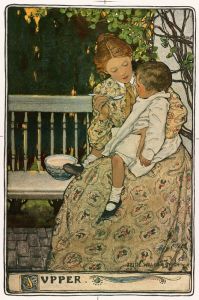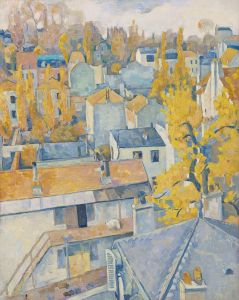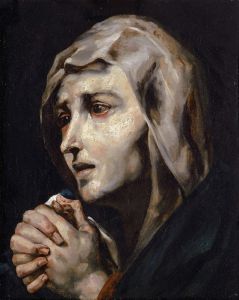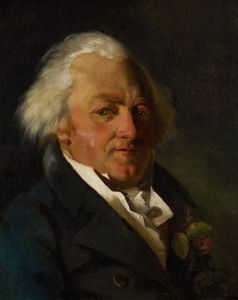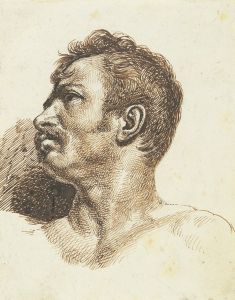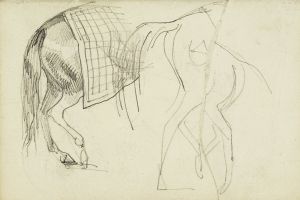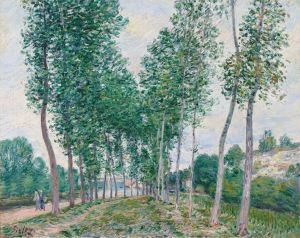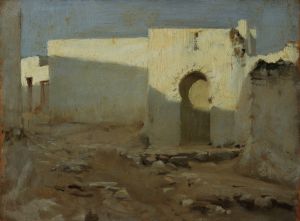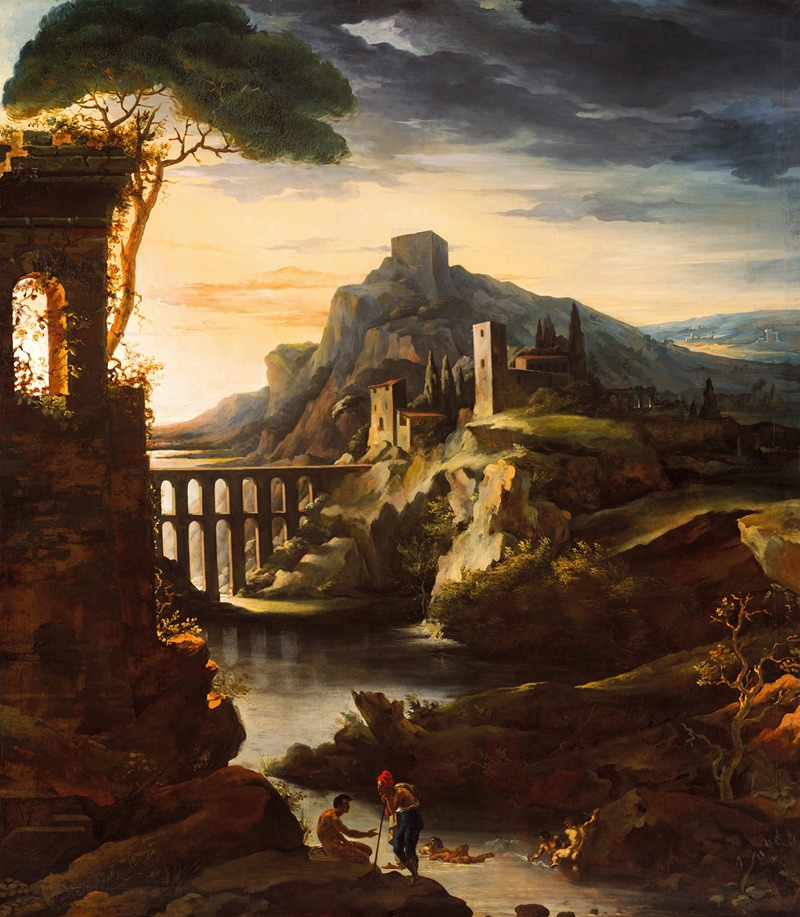
Evening; Landscape with an Aqueduct
A hand-painted replica of Théodore Géricault’s masterpiece Evening; Landscape with an Aqueduct, meticulously crafted by professional artists to capture the true essence of the original. Each piece is created with museum-quality canvas and rare mineral pigments, carefully painted by experienced artists with delicate brushstrokes and rich, layered colors to perfectly recreate the texture of the original artwork. Unlike machine-printed reproductions, this hand-painted version brings the painting to life, infused with the artist’s emotions and skill in every stroke. Whether for personal collection or home decoration, it instantly elevates the artistic atmosphere of any space.
"Evening; Landscape with an Aqueduct" is a painting by the French Romantic artist Théodore Géricault. Created around 1818, this work is a notable example of Géricault's landscape painting, a genre that he explored alongside his more famous works depicting dramatic human and animal subjects.
Théodore Géricault (1791-1824) is best known for his masterpiece "The Raft of the Medusa," which is celebrated for its powerful depiction of human suffering and its critique of contemporary political events. However, Géricault's oeuvre also includes a variety of other subjects, including landscapes, which demonstrate his versatility and skill as an artist.
"Evening; Landscape with an Aqueduct" captures a serene and atmospheric scene, showcasing Géricault's ability to convey mood and emotion through his use of light and composition. The painting depicts a tranquil evening setting, with the remnants of an ancient aqueduct stretching across the landscape. The aqueduct, a symbol of the grandeur and decay of past civilizations, adds a historical dimension to the scene, while the soft, fading light of the evening creates a sense of calm and introspection.
Géricault's technique in this painting reflects his Romantic sensibilities, emphasizing the beauty and power of nature. The use of light and shadow is particularly effective in creating a sense of depth and atmosphere. The warm, golden hues of the setting sun contrast with the cool, dark tones of the landscape, highlighting the aqueduct and drawing the viewer's eye through the composition.
The painting also demonstrates Géricault's interest in the sublime, a key concept in Romantic art that explores the awe-inspiring and often overwhelming aspects of nature. The vast, open landscape and the ancient, crumbling aqueduct evoke a sense of the sublime, inviting viewers to contemplate the passage of time and the enduring power of nature.
"Evening; Landscape with an Aqueduct" is held in the collection of the Louvre Museum in Paris, where it is appreciated for its artistic and historical significance. The painting is a testament to Géricault's talent and his ability to capture the beauty and complexity of the natural world.
In summary, "Evening; Landscape with an Aqueduct" is a significant work by Théodore Géricault that showcases his skill as a landscape painter and his Romantic sensibilities. The painting's evocative use of light and composition, combined with its historical and emotional depth, make it a noteworthy example of Géricault's diverse artistic achievements.






